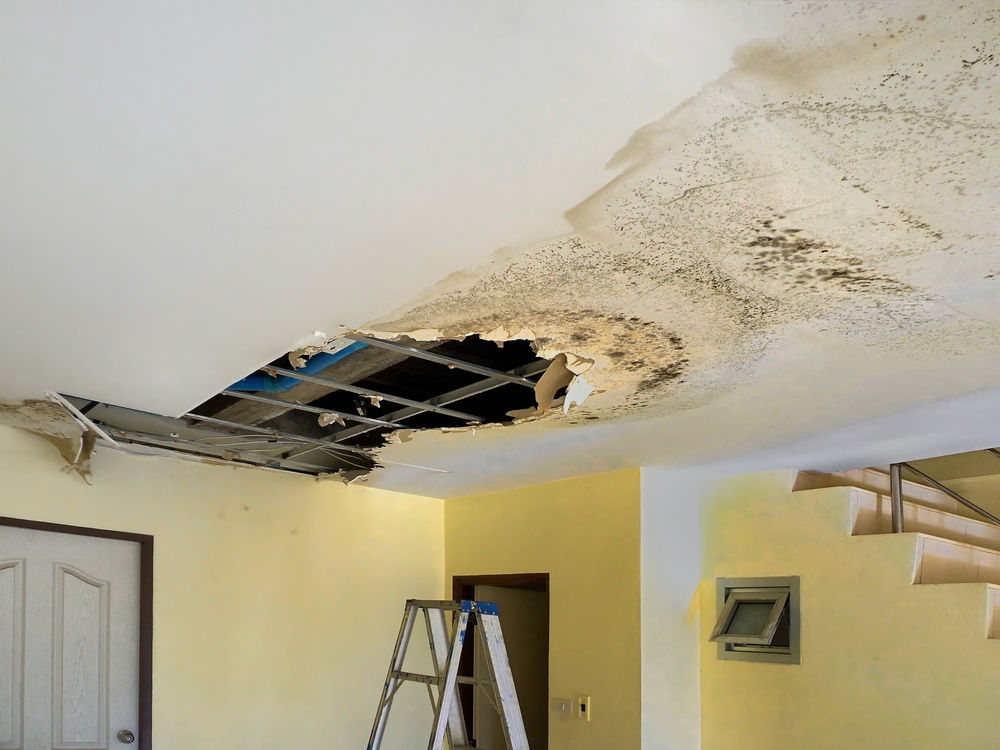Discover Concealed Water Line Leaks: 6 Tested Techniques for Spotting
Discover Concealed Water Line Leaks: 6 Tested Techniques for Spotting
Blog Article
They are making a number of great pointers on Leaking water lines in general in the article down below.

Early detection of dripping water lines can mitigate a prospective calamity. Aside from conserving you money, it will reduce the worry and aggravation. The minute you find a leak, calling your plumber for fixings is the best option. Some little water leakages may not be visible. If you can not spot it with your nude eyes, below are some hacks that help.
1. Check Out the Water Meter
Every house has a water meter. Checking it is a proven way that helps you discover leaks. For starters, shut off all the water sources. Make sure nobody will certainly purge, use the faucet, shower, run the washing device or dishwashing machine. From there, most likely to the meter as well as watch if it will certainly transform. Considering that no person is utilizing it, there need to be no movements. If it moves, that indicates a fast-moving leak. If you spot no modifications, wait an hour or two and check back again. This means you might have a slow-moving leakage that can also be underground.
2. Examine Water Intake
If you detect unexpected modifications, despite your intake being the exact same, it means that you have leakages in your plumbing system. An unexpected spike in your costs suggests a fast-moving leak.
At the same time, a consistent increase on a monthly basis, despite the same behaviors, shows you have a slow-moving leak that's additionally gradually escalating. Call a plumber to thoroughly check your home, specifically if you really feel a warm area on your flooring with piping underneath.
3. Do a Food Coloring Examination
When it comes to water usage, 30% comes from commodes. If the color somehow infiltrates your dish throughout that time without flushing, there's a leak in between the storage tank and dish.
4. Asses Outside Lines
Don't forget to check your outdoor water lines too. Ought to water seep out of the link, you have a loose rubber gasket. One small leak can squander lots of water as well as surge your water expense.
5. Examine as well as Examine the Scenario
Property owners ought to make it a practice to check under the sink counters and even inside cabinets for any kind of bad odor or mold and mildew development. These two red flags indicate a leakage so timely interest is needed. Doing routine evaluations, even bi-annually, can conserve you from a significant problem.
Inspect for discolorations and deteriorating as many pipes and devices have a life expectancy. If you presume leaking water lines in your plumbing system, don't wait for it to rise.
Early detection of leaking water lines can alleviate a potential catastrophe. Some little water leaks might not be visible. Examining it is a guaranteed means that helps you find leakages. One tiny leak can throw away loads of water and surge your water costs.
If you suspect leaking water lines in your plumbing system, do not wait for it to escalate.
WARNING SIGNS OF WATER LEAKAGE BEHIND THE WALL
PERSISTENT MUSTY ODORS
As water slowly drips from a leaky pipe inside the wall, flooring and sheetrock stay damp and develop an odor similar to wet cardboard. It generates a musty smell that can help you find hidden leaks.
MOLD IN UNUSUAL AREAS
Mold usually grows in wet areas like kitchens, baths and laundry rooms. If you spot the stuff on walls or baseboards in other rooms of the house, it’s a good indicator of undetected water leaks.
STAINS THAT GROW
When mold thrives around a leaky pipe, it sometimes takes hold on the inside surface of the affected wall. A growing stain on otherwise clean sheetrock is often your sign of a hidden plumbing problem.
PEELING OR BUBBLING WALLPAPER / PAINT
This clue is easy to miss in rooms that don’t get much use. When you see wallpaper separating along seams or paint bubbling or flaking off the wall, blame sheetrock that stays wet because of an undetected leak.
BUCKLED CEILINGS AND STAINED FLOORS
If ceilings or floors in bathrooms, kitchens or laundry areas develop structural problems, don’t rule out constant damp inside the walls. Wet sheetrock can affect adjacent framing, flooring and ceilings.
https://www.servicemasterbyzaba.com/blog/how-to-detect-water-leakage-in-walls/
.jpg)
I am very inquisitive about Hacks to detect leaks and I hope you enjoyed reading my page. Enjoyed reading our write up? Please share it. Let another person find it. Many thanks for your time. Come back soon.
Fix it ASAP! Call. Report this page